Brake chamber replacement is an important maintenance task for your car.
It’s a good idea to replace the brake chamber when you notice any of the following signs:
- poor braking performance
- a pulsating, grinding noise from the brakes
- difficulty in stopping on wet or icy surfaces
When replacing your brake chamber, remember to tighten all bolts carefully and evenly using a torque wrench as specified by your car manufacturer.
Make sure not to overtighten them as this could damage your calipers and rotors over time.
Contents
Brake Chamber
A brake chamber is a system used in vehicles to stop or slow the movement of the car by applying pressure to the brakes. The brake chamber contains two types of braking systems, hydraulic and mechanical, which work together to stop your car.
In most cars, the hydraulic braking system uses two pistons inside a cylinder that push fluid into one or more calipers on each wheel to create friction against it and help apply pressure to the pads below it so you can stop quickly and easily.
The mechanical braking system relies on an engine-driven pump that pushes air out from behind your wheels through metal discs called drums, causing them to squeal as they try to grip the pavement.
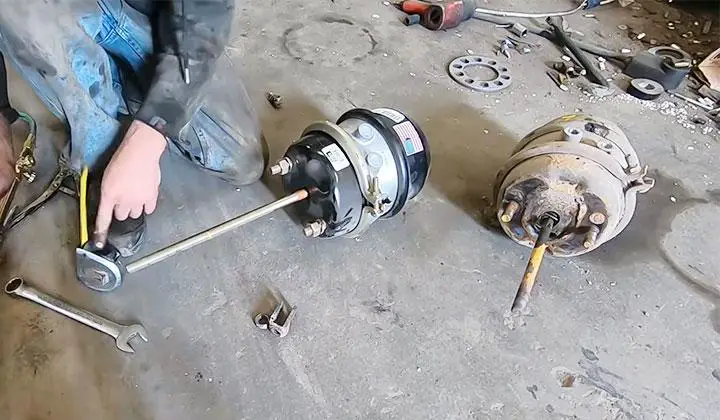
This will cause your car’s ABS (anti-lock Braking System) computer to engage its emergency stopping function.
If you have any questions about what type of brake system is in your vehicle or need assistance with repairs, be sure to take it into account when making a decision about who should do them – either a qualified mechanic or an auto parts store.
How to Change a Brake Chamber
If your car’s brake pedal feels spongy or does not respond well when you press it, it may be time to replace the brake chamber.
This is a relatively easy DIY project that can be done by anyone with basic automotive skills.
Safety First
Before you start any work, always make sure that all of the safety precautions are followed.
This includes using appropriate tools and protecting yourself from potential injuries.
Inspect the Brake System
Before you begin, it is important to inspect the brake system and make sure that everything is in working order.
This includes checking for leaks, worn pads or rotors, and any other issues with the brakes.
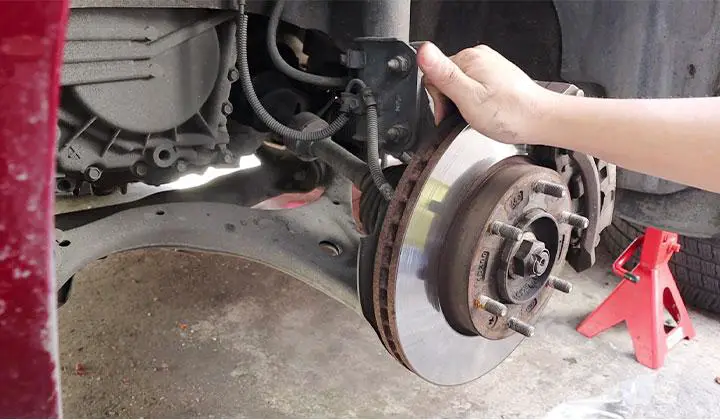
Remove the Cables and Hoses
Next, remove any cables and hoses from around the brake chamber. You may need to use a wrench or pliers to loosen them up.
Make sure not to damage anything while you are removing them.
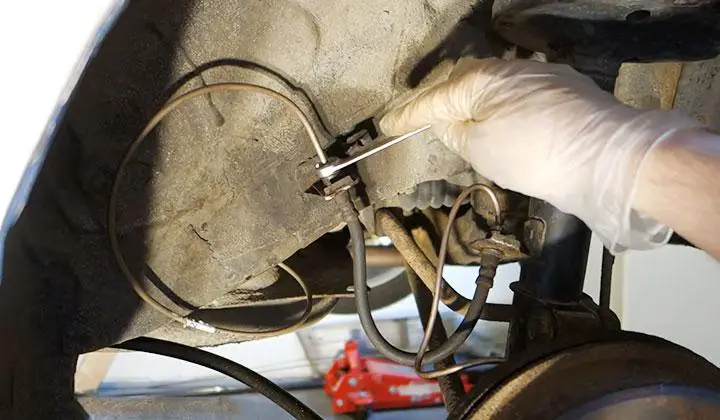
Removing Brake Calipers
Now that the wheels have been removed, you can begin to remove the brake calipers by unscrewing them from their respective brackets (see images below).
Make sure that you wear gloves and eye protection when doing this as brake dust can be harmful if inhaled in large quantities.
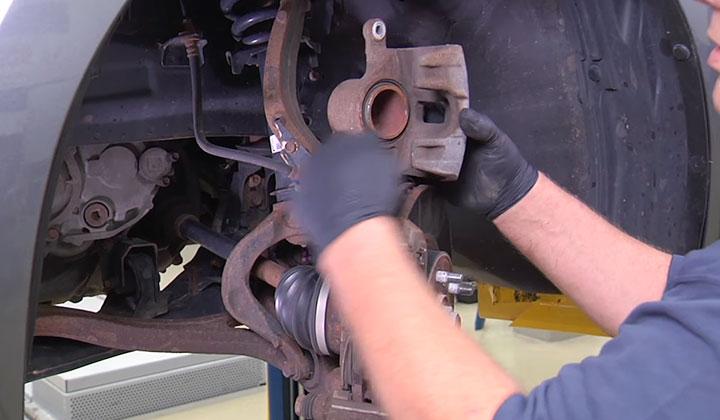
Disconnect all Parts of the Chamber
Once all of the cables and hoses have been removed, disconnect all of the parts of the brake chamber- this includes both calipers and pistons on each side of the wheel cylinder (or drum).
To change a brake chamber, first disconnect the lines to the calipers by removing the clips located on either side of each caliper (see image below).
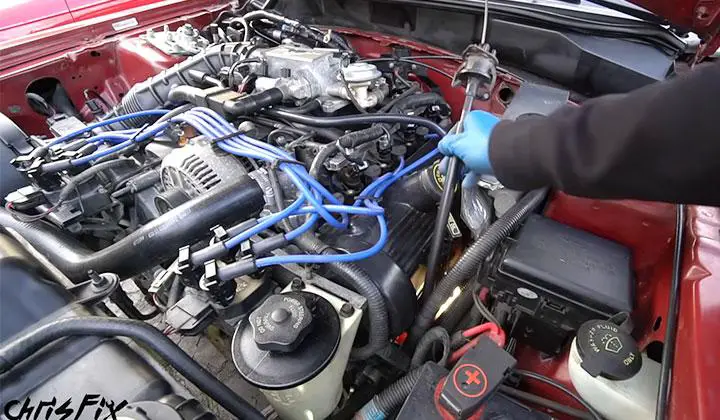
Once these have been removed, use a wrench to turn each wheel hub until it comes off completely (see image above). Be careful not to damage either axle or rotor while doing this.
Clear Away All Dust and Debris
Make sure to clear away all dust and debris before continuing- this will help prevent any future problems with your brakes.
Prepare Your Work Area
Now that everything is disconnected, prepare your work area by putting down some newspapers or cloth so that you don’t track dirt into your vehicle during installation procedures.
Reassemble Everything in Reverse Order
Once everything has been taken apart and cleaned up, reassemble everything in reverse order and make sure that all bolts are properly tightened before driving your car again.
When to Change a Brake Chamber
Your brake chamber is a part of your car that helps to stop the car by pressing against the wheel. Over time, this part can become worn and need to be replaced.
To check if your brake chamber needs to be replaced, look for signs such as squealing or grinding noises when you apply pressure to the brakes. If these signals are present, it’s time to replace your brake chamber.
Breaks or Shuddering
If your brake pedal feels spongy, or mushy, or if the car starts to shudder when you apply the brakes, it may be time to change your brake chamber. A worn-out brake chamber can cause these problems and make driving difficult.
Pinging or Drums
When you apply the brakes, you might hear a metallic “ping” or “drumming” sound from underneath your vehicle. This is usually a sign that there’s a problem with your braking system and means that it needs to be replaced soon.
Stopping Short
You might notice that stopping at a red light becomes much harder than usual; this is because the pads have already started wearing down by then and need more time to stop completely on wet roads conditions etc.
If this happens frequently, it may be time for new pads and/or rotors in your car’s braking system.
Common Maintenance Tips on Brake Chamber
If you’re like most drivers, you probably take your car’s brakes for granted. But without good brakes, you could end up in a lot of trouble.
Here are some common maintenance tips on brake chamber:
Check the pressure regularly
Most cars come with a gauge that lets you check the pressure inside the brake chambers.
Make sure it’s at its normal level (between 12 and 15 psi), and replace any faulty parts as necessary.
Clean and lubricate often
The friction between the pads and discs can wear down over time, leading to squeaks or grinding noises when you brake. Just like your engine oil needs to be changed every 3,000 miles, so does your braking system grease.
If it starts making noise or losing effectiveness, have it serviced right away.
Fluid Levels
Make sure that the brake fluid levels are always topped off, especially if you notice any decrease in braking performance.
Over time, a low level of fluid can cause corrosion and lead to more problems with your brakes.
Brake Pad Condition
If your pads seem worn down or dirty, it is important to take them into for servicing as soon as possible so that they can be replaced with fresh pads and have their wear and tear corrected.
This will help ensure optimal braking performance throughout the life of your car’s brakes.
Brake Dust accumulation
Whenever dust accumulates on the brake discs or calipers, it can create abnormal friction which will eventually cause wear and tear on these components over time – leading to decreased braking power altogether.
It is important to regularly clean all areas around the brake system in order to prevent this from happening.
Inspecting Breaks & Hoses
It is also very important to inspect breaks & hoses periodically for signs of leakage or swelling – both of which could indicate impending trouble down the road (hose failure causing flooding; breakage triggering sudden loss of pressure).
If you do notice any concerning symptoms, schedule an appointment at a qualified garage ASAP.
FAQs
Are All 30 30 Brake Chambers the Same?
No, there are several 30 by 30 brake chambers, so your brakes will need to be adjusted accordingly.
Can You Have Different Size Brake Chambers on the Same Axle?
No, the brake chambers must be the same size on the same axle.
Which Is Better Short Stroke or Long Stroke?
Long stroke is better because it is easier to control.
What Causes Air Brakes Not to Release?
There could be a number of reasons why air brakes may not release, including if the system delivery or control pipes are kinked or blocked.
At What PSI Do Air Brakes Lock Up?
Air brakes may lock up at a psi below 60 if the system is over pressurized or if the airlines are blocked.
To Recap
Brake chambers can become dirty over time, which can cause your car to stop working properly. There are a few ways to change brake chamber and get your vehicle back on the road in no time.
You don’t need any special tools or knowledge for this procedure- all you need is some patience and caution.
After following these tips, you should be able to fix the problem quickly and safely without damaging your car or costing too much money.
If you think that your brake chamber needs replacing, take it into a mechanic as soon as possible- it could save you from expensive repairs down the line.
